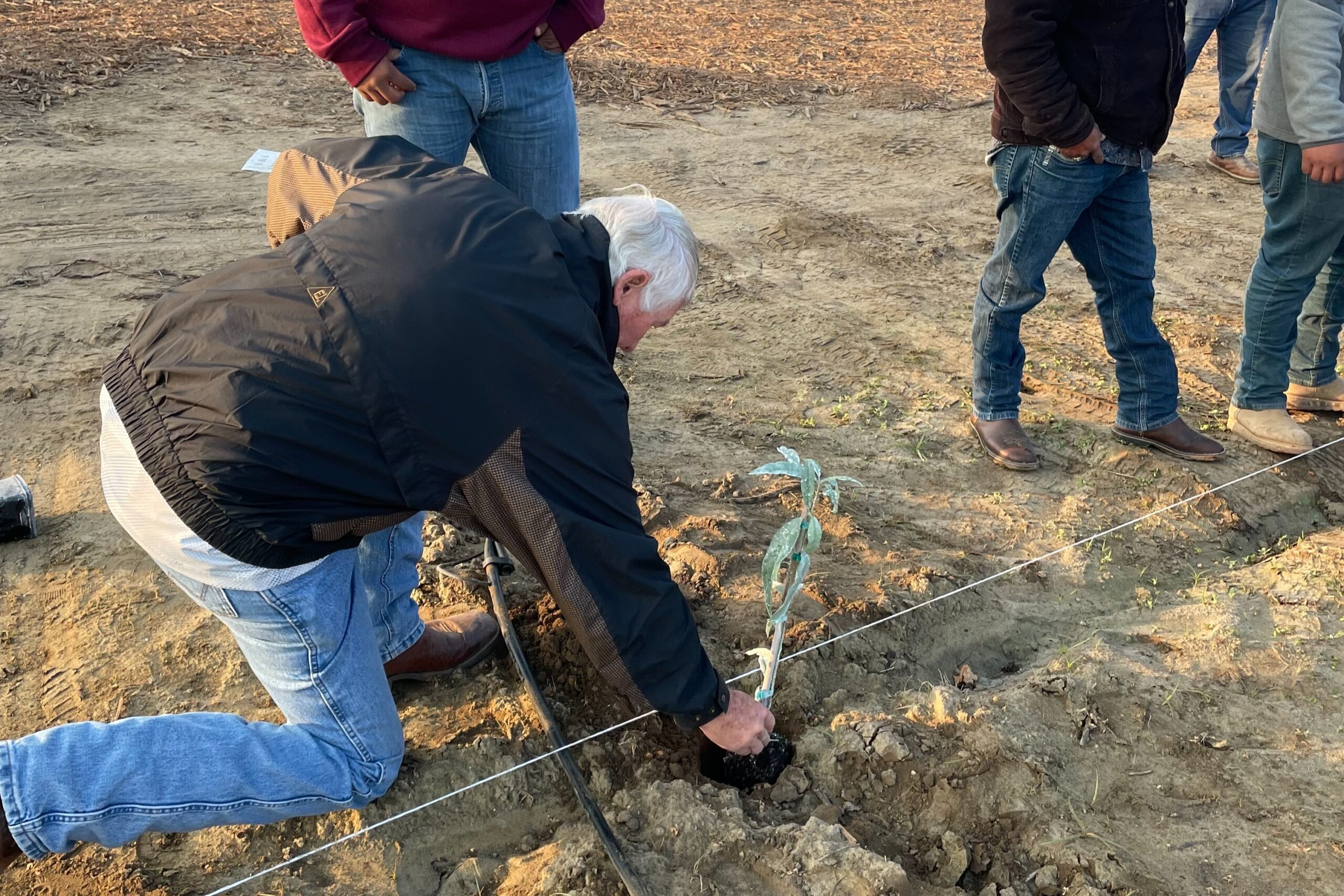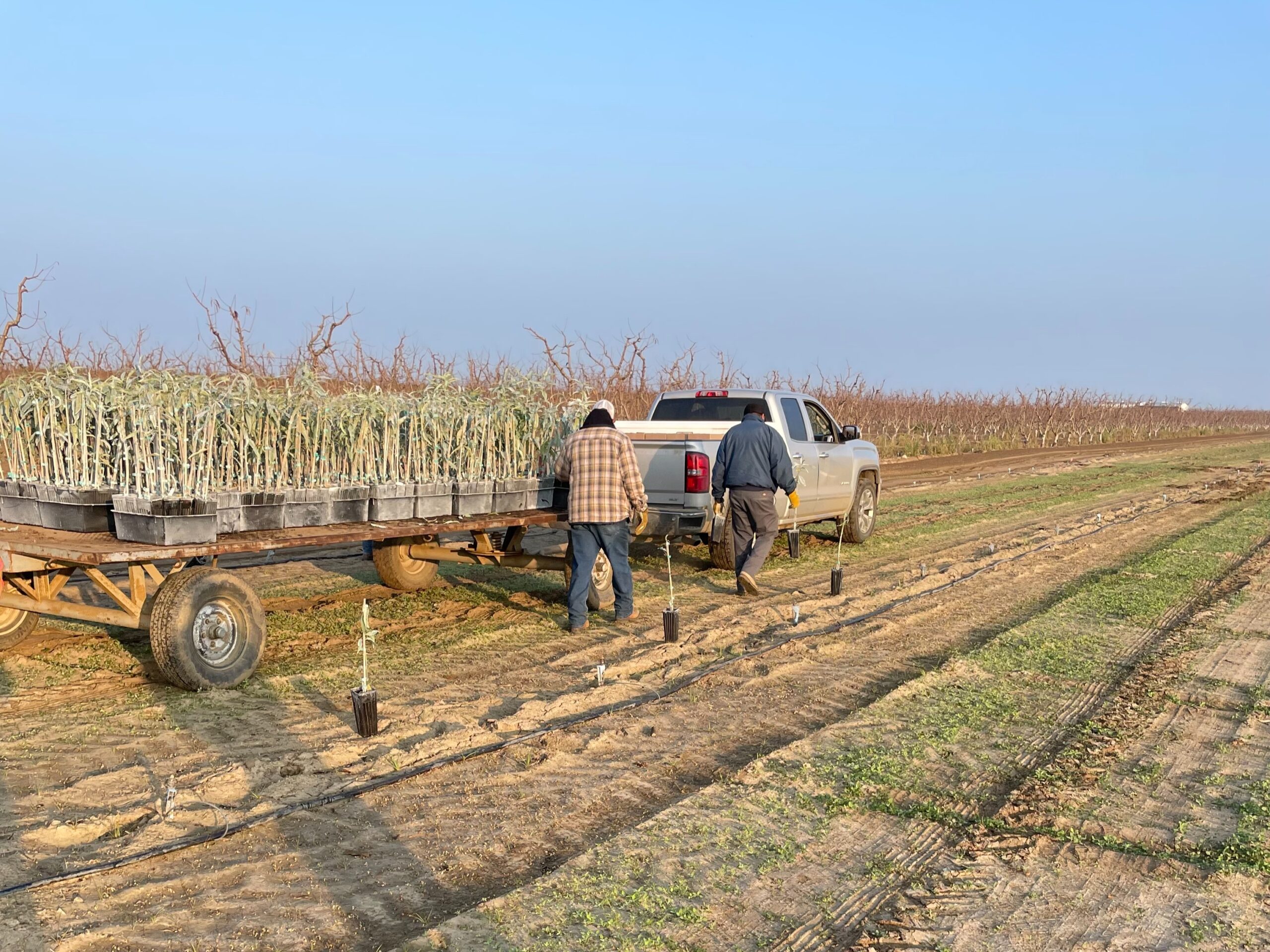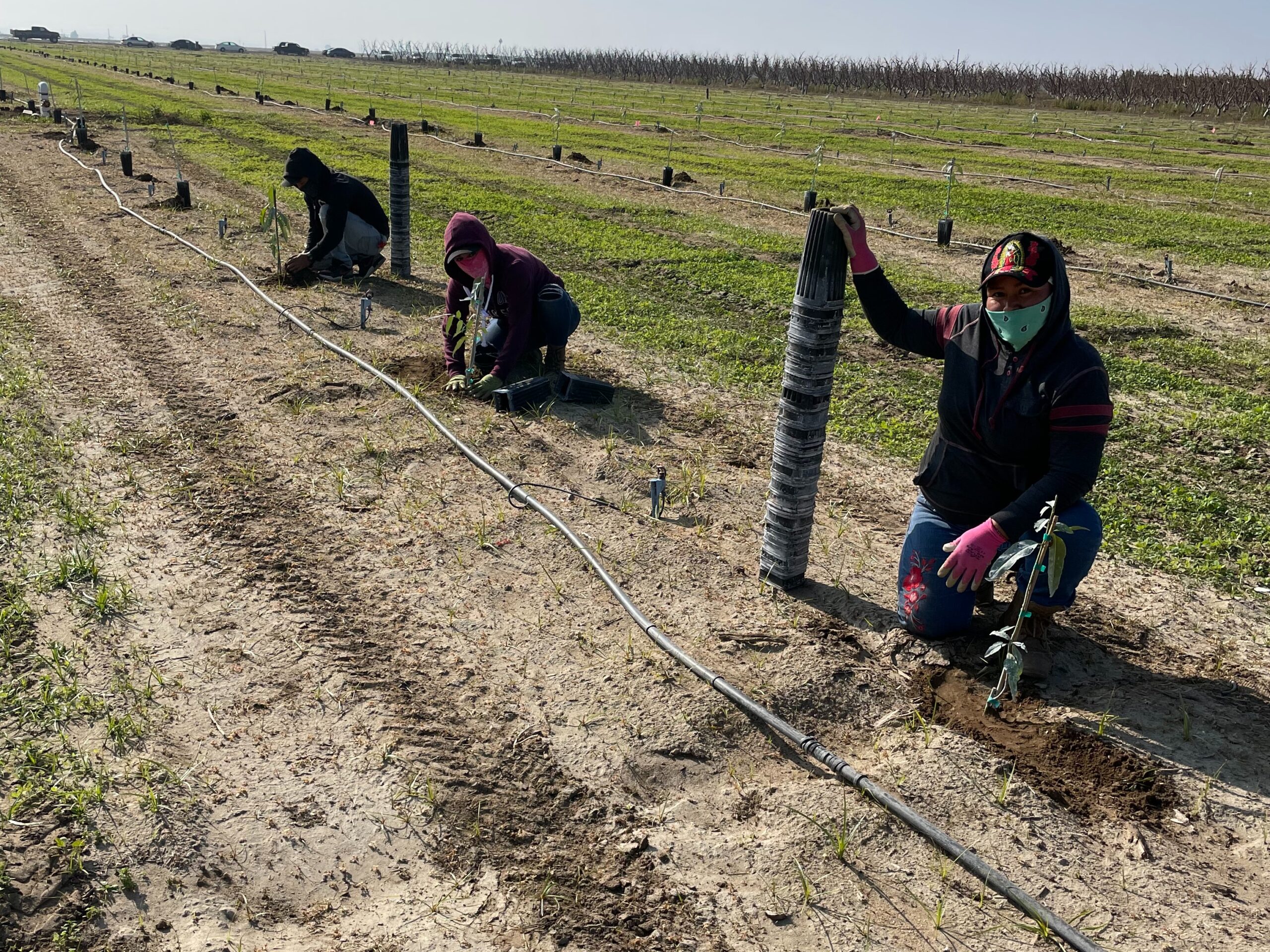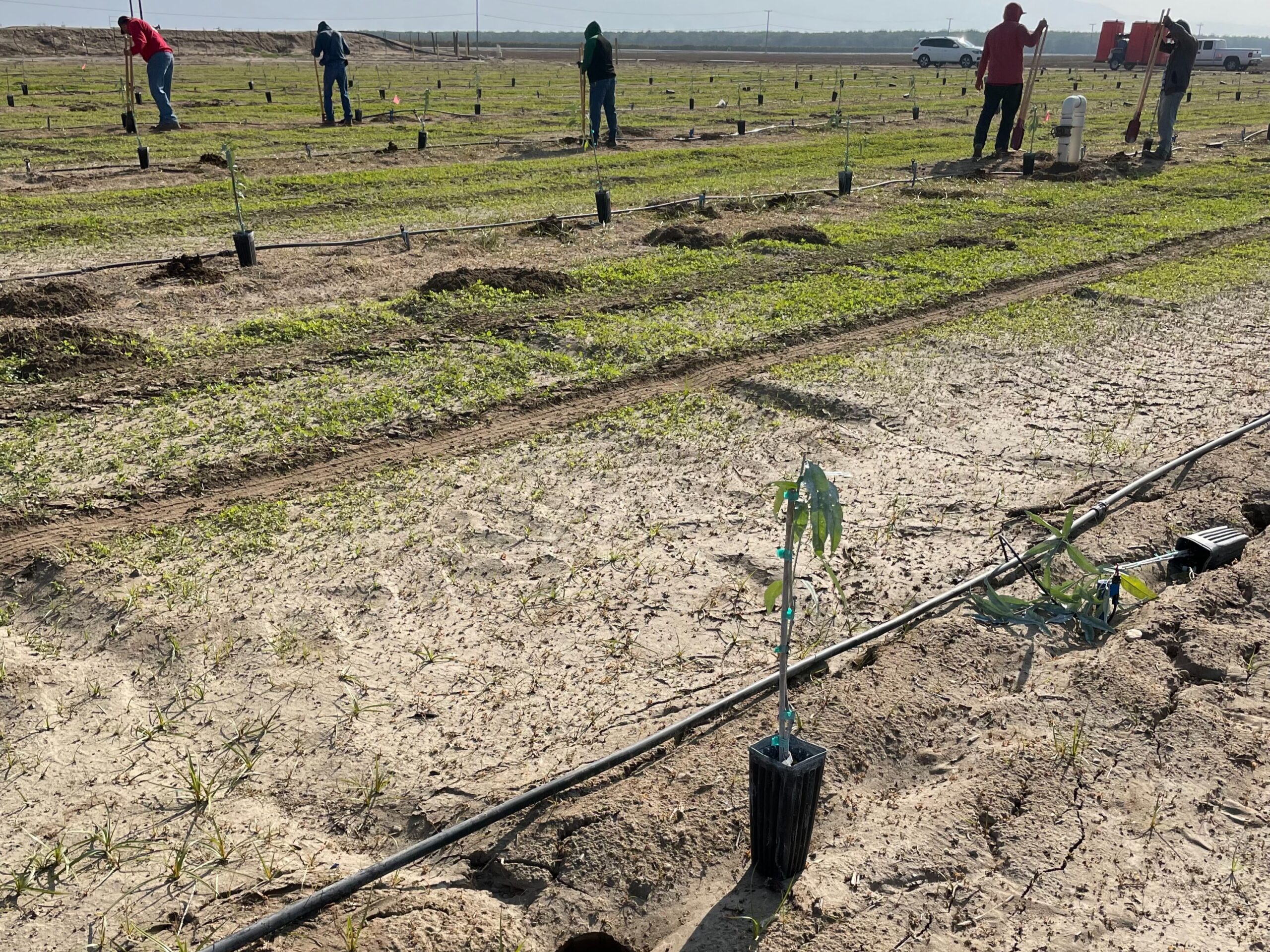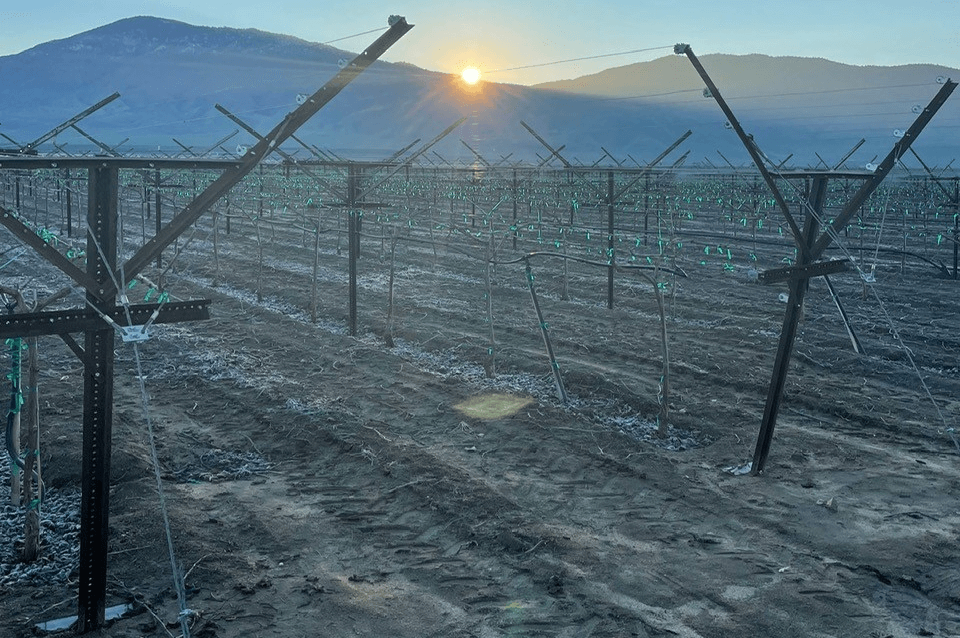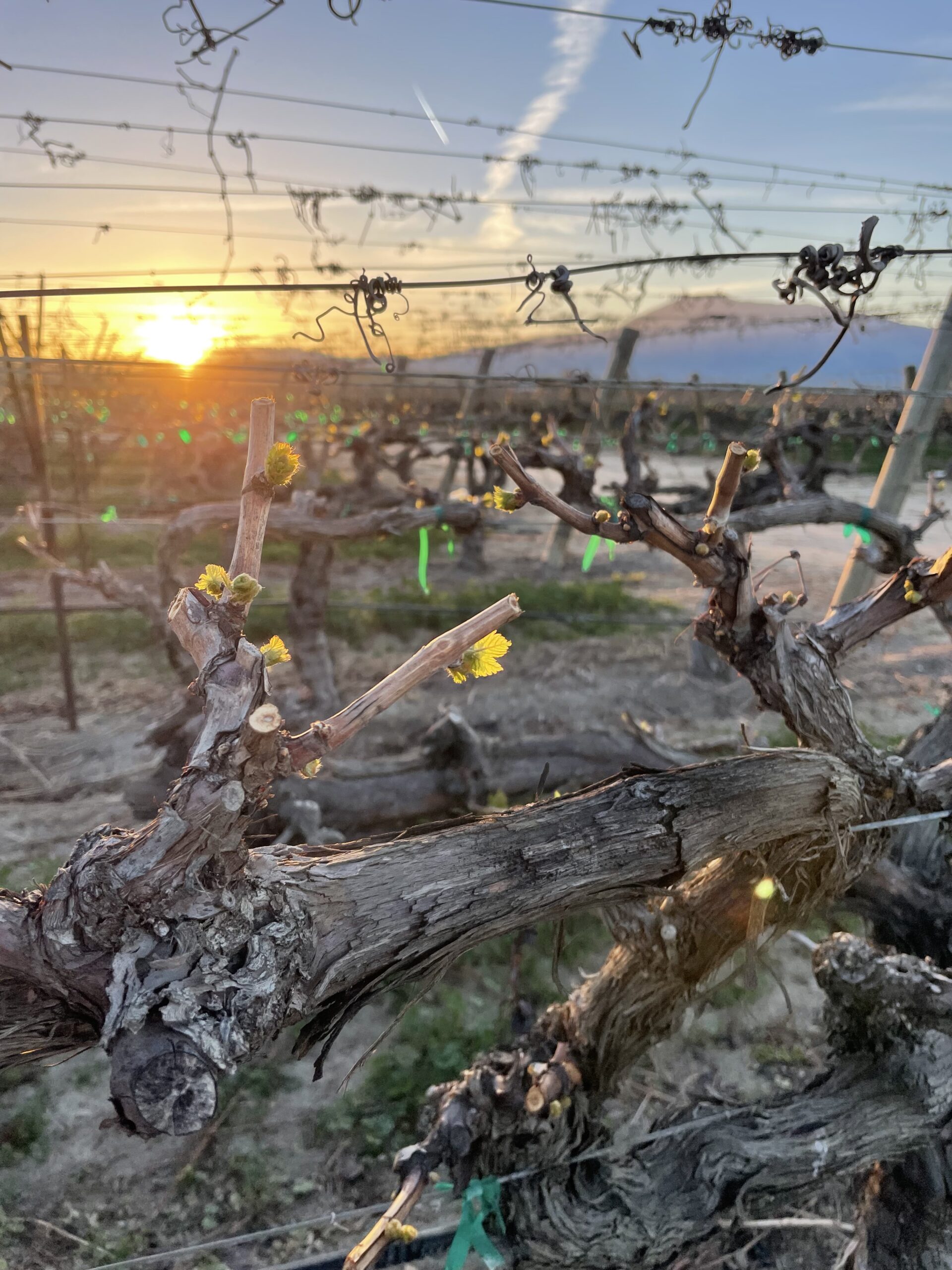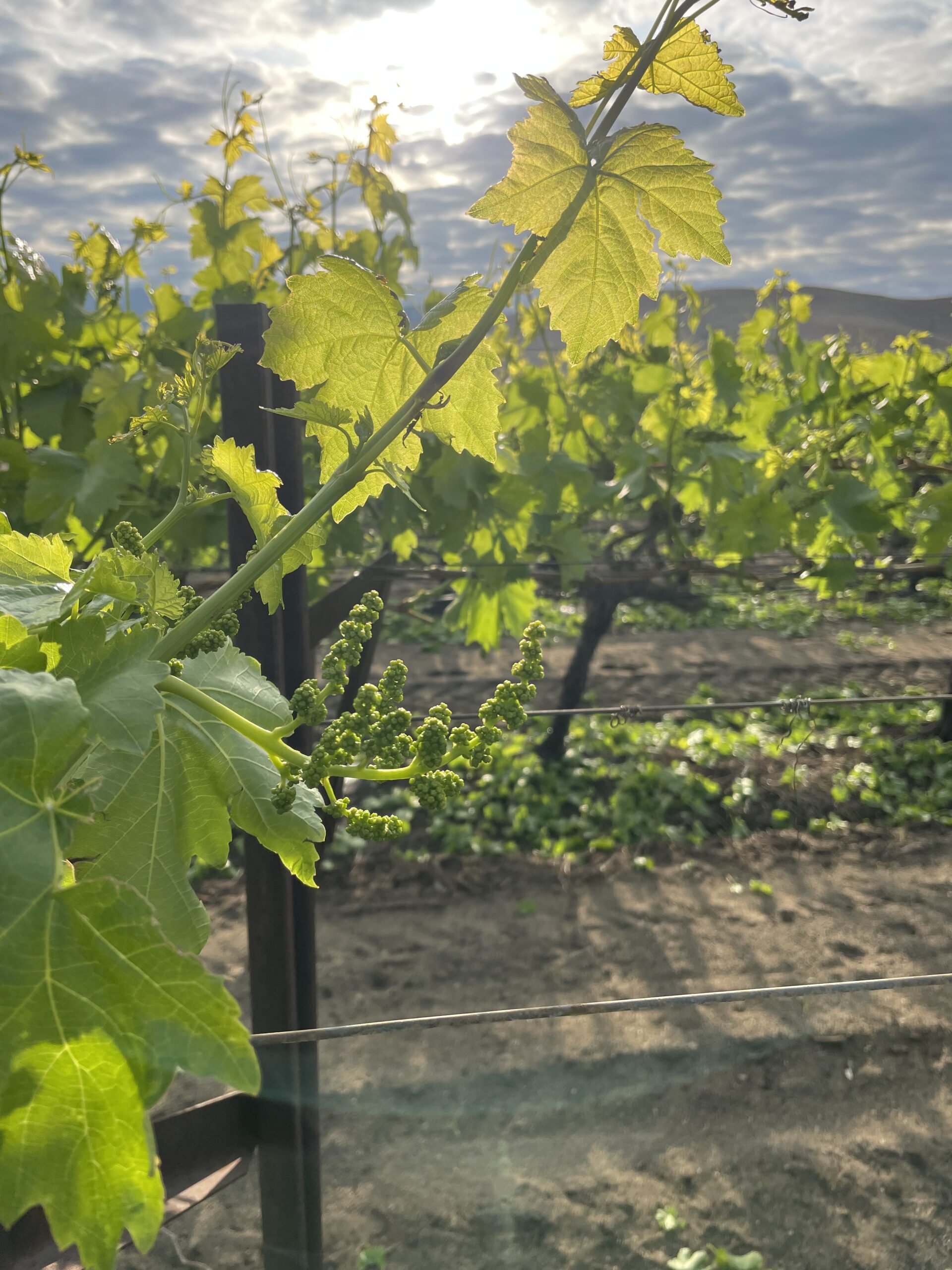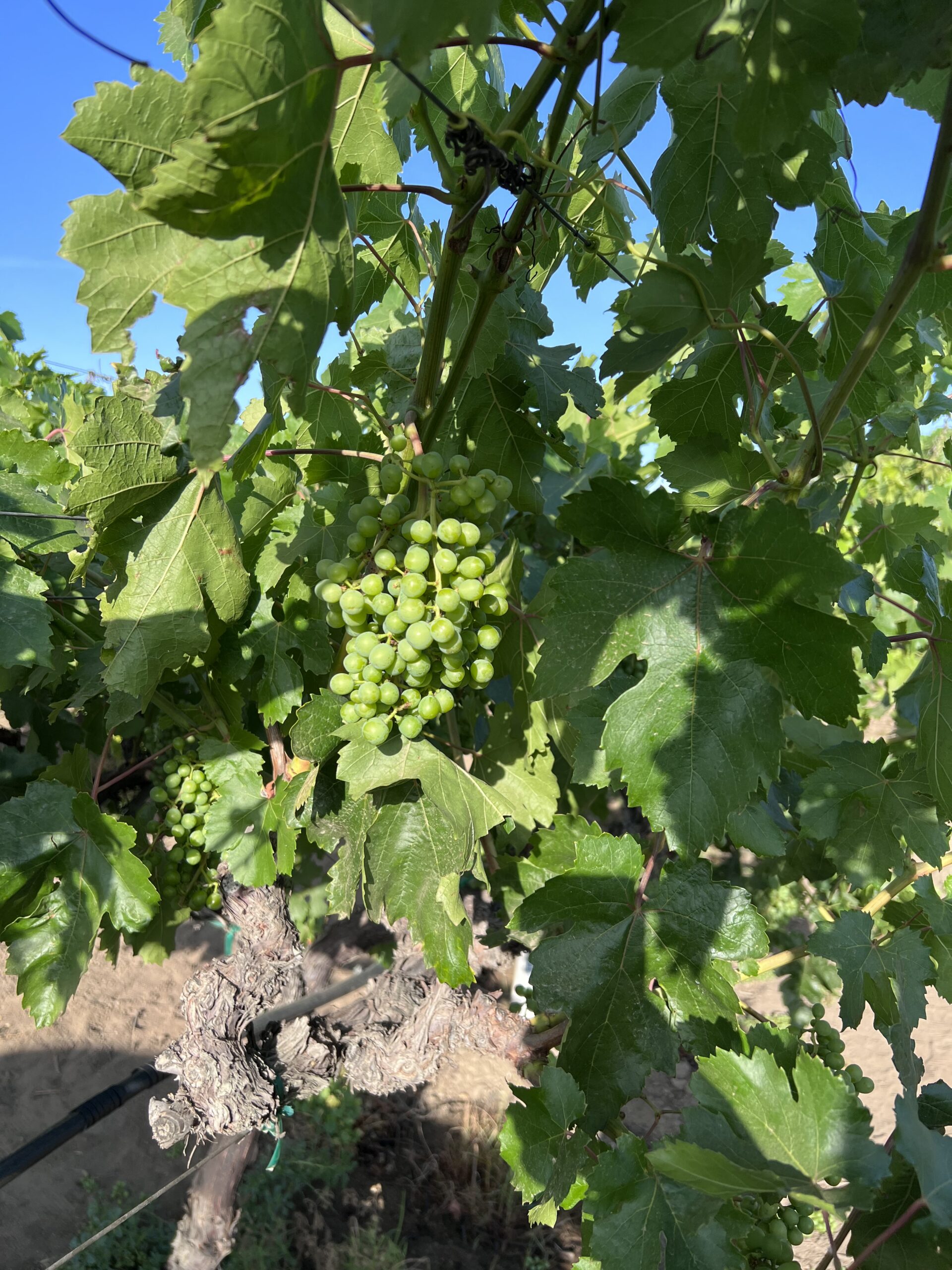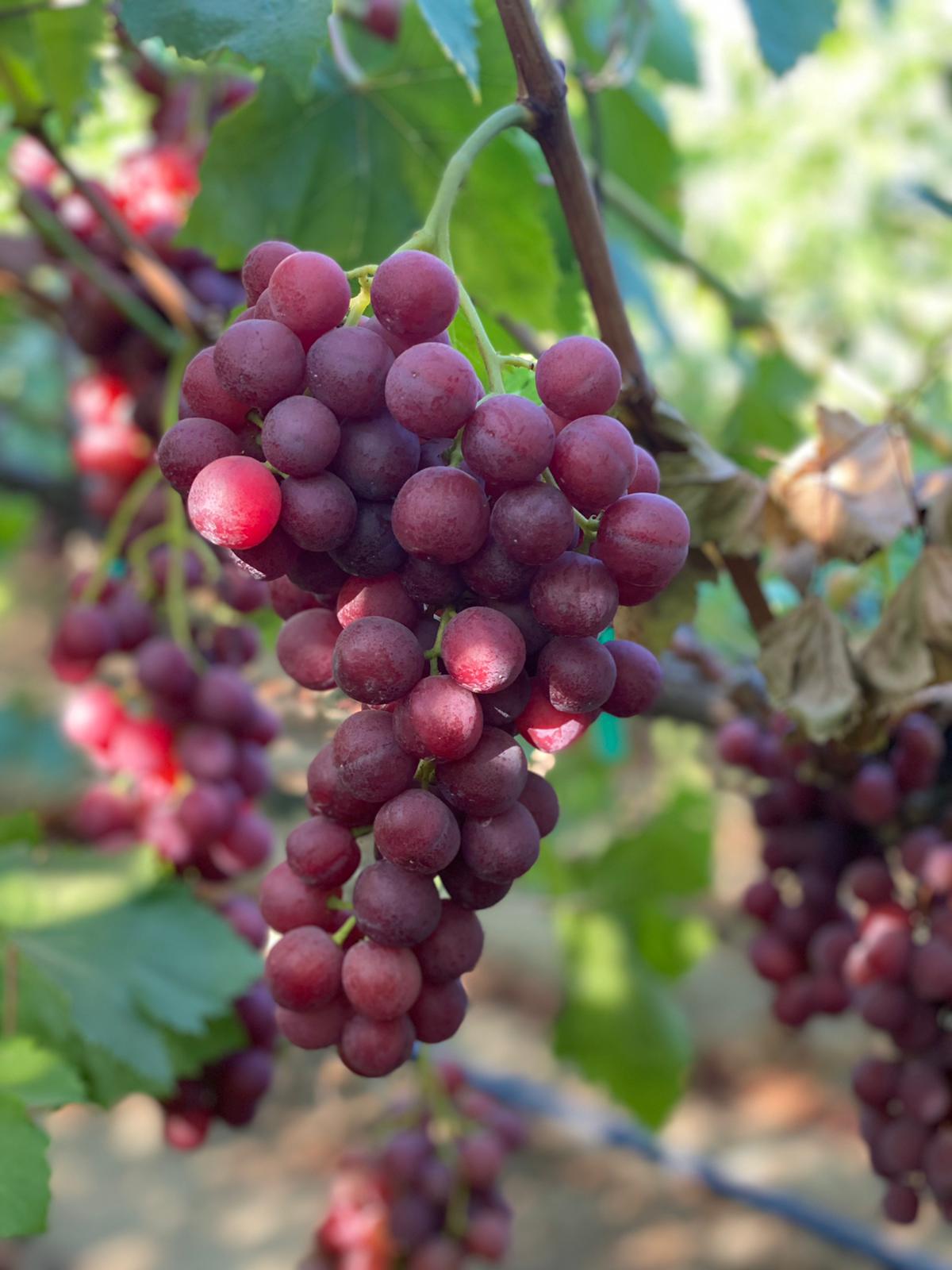Kirschenman Enterprises Inc
Kirschenman Produce has been farming since 1937, and is a grower, packer, and shipper with farms and partnerships throughout California. With domestic and global connections, the Kirschenman team continues to learn & grow in tandem with our customers, to become the premier supplier for your produce needs. As new products & varieties continue to take shape in the grape & stone fruit, watermelon and potato categories, managing and partnering with outside collaborators allows our team to take in fresh and exciting ideas that help us improve the overall supply chain surplus.
The Kirschenman Sales team has expertise in multiple aspects of domestic and export sales, assuring you of the products and configurations that will meet your ever-changing demands. The Kirschenman group is demonstrating elaboration stage characteristics by maximizing efficiencies through constant innovation and development through small company thinking.

Family
Based

Potato
Production
Leaders

Packing
Facility

Cold
Storage

Worldwide
Networks

Progressive
Food
Safety
Destinations
Stores
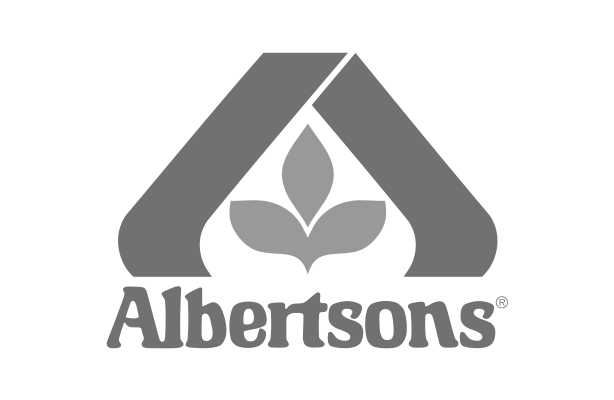
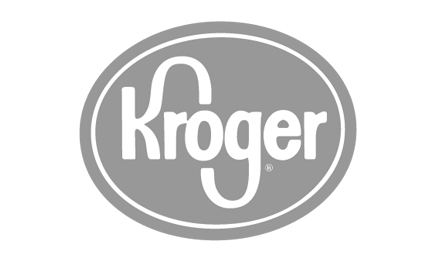







Locations
Kirschenman Enterprises is comprised of 3 separate departments that each include a planting, farming, harvest, packing, cooling, storage, sales, marketing, and finance crew.
Headquarters and Cold Storage
10100 DiGiorgio Rd. Lamont, CA 93307
(661)366-5533
Potato Packaging, Sales, Shipping
12826 Edison Hwy Edison, CA 93220
(661)847-5955
Kirschenman Fruit Sales
1122 North Chinowth St. Visalia, CA 93291
(559)741-7030
Farming Operations & Watermelon Shed
13665 Digiorgio Rd. Arvin, CA 93203
(661) 366-5736
Mountain View Cold Storage
4275 El Monte Way Reedley, CA 93654
(559)637-9633
Get In Touch
We would love to here from you. Please leave us a message via the form below and our team will reach out!
